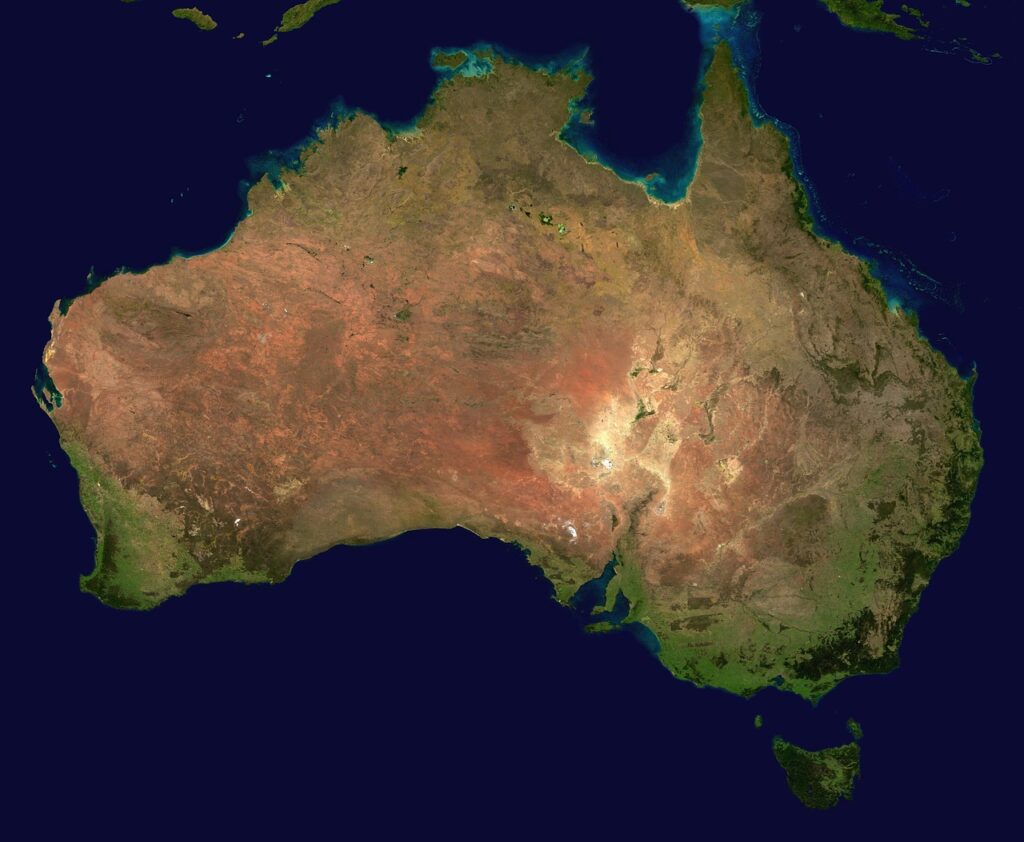With its sights set on becoming a renewable energy superpower, Australia faces a pivotal challenge in securing a competitive edge in the solar manufacturing landscape. The Australian Renewable Energy Agency (ARENA) has unveiled its ambitious 30-30-30 strategy, aiming to drive down the cost of renewable energy to $20 per megawatt-hour (MWh) by 2030. At the heart of this strategy lies the need for innovation, cost reduction, and the critical question: where does Australia source its solar panels?
David Miller, ARENA’s CEO, emphasized the necessity of matching or surpassing the quality and price of solar panels globally. The goal is to achieve a green hydrogen cost of $2 per kilo, making it economically viable for industrial use. The $60-per-MWh input cost of renewable energy in Australia is the linchpin, translating into a green hydrogen cost of $3 per kilo.
As Miller acknowledged, the challenge is not only geopolitical reliance on China but also China’s burgeoning need for its own solar output for its energy transition. Australia must ponder whether it can competitively manufacture solar panels, taking control of its destiny in the renewable energy transition and superpower ambition.
Miller proposed that Australia could excel in processing quartz into metallurgical silicon, subsequently transformed into polysilicon – a key material in solar cells. This process, he suggested, aligns with Australia’s conducive conditions for high-energy content production. While the final manufacturing stages might still be handled in countries like China or others with solar cell capabilities, Miller envisions Australia playing a pivotal role in securing the raw materials.
The final link in the supply chain, the production of solar modules, is an area currently explored by only a few players in Australia. ARENA has funded the Australian Photovoltaics Institute to conduct a comprehensive study on the potential for solar supply chains and manufacturing in the country, with results expected soon.
Miller emphasized that manufacturing should play a valuable role in the transition, particularly in ensuring the security of supply chains. However, he acknowledged the challenges, citing China’s record-low costs for solar PV, making it a highly competitive product.
The prospect of government subsidies has been raised as a means to kickstart solar manufacturing in Australia. Due to China’s subsidies, Miller highlighted that Australia would need similar support to establish a competitive manufacturing industry. He emphasized the need for strategic deployment of capital, ensuring that manufacturing aligns with the broader goals of the energy transition.
In parallel, the Australian government has focused its subsidies on the Hydrogen Headstart program, a $2 billion initiative to jumpstart green hydrogen production capacity. ARENA is expected to announce the shortlisted projects soon, marking a significant step in Australia’s pursuit of green hydrogen dominance.
While challenges loom, ARENA remains optimistic about the momentum in the renewable energy sector. The 30-30-30 strategy and Hydrogen Headstart program signal a concerted effort to position Australia as a key player in the global shift towards clean and sustainable energy. The journey ahead involves navigating solar geopolitics, fostering innovation, and securing a robust manufacturing base to underpin Australia’s renewable energy superpower aspirations.
